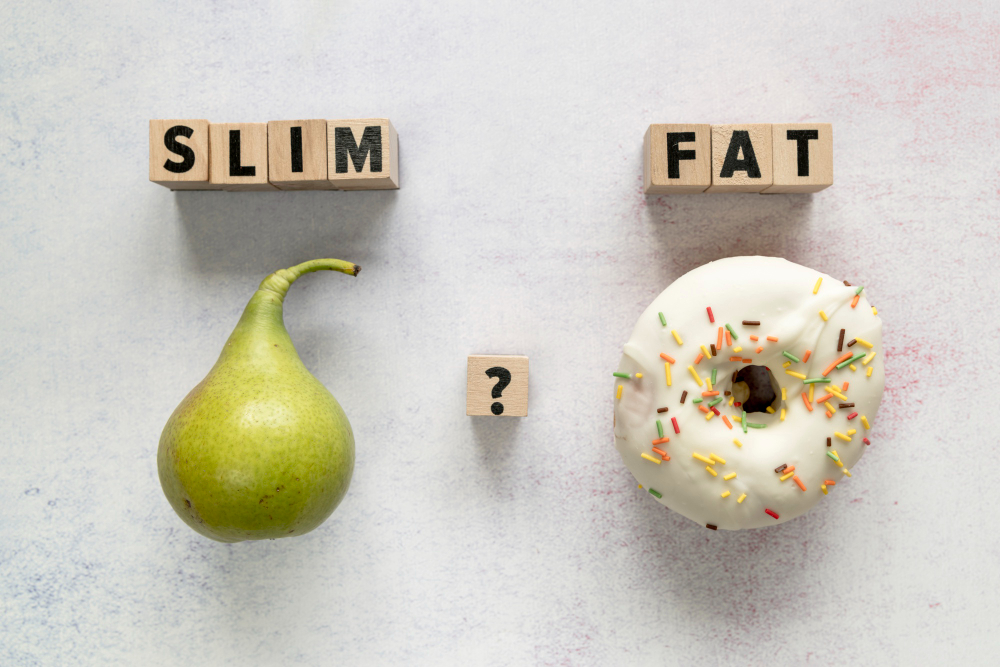I never imagined I’d be Googling “childhood obesity tips” at 2 a.m., feeling like the worst parent on Earth. But there I was, worried, exhausted, and overwhelmed. My child’s annual check-up ended with a quiet chat and a printout filled with numbers, charts, and a lot of guilt. I wanted help that didn’t feel like blame and realistic advice—not something written by a nutritionist who never had to convince a 7-year-old that broccoli is food.
This guide isn’t from a textbook. It’s from my home, my kitchen, and my experience. And if you’re reading this, you’re already doing something right—because you’re looking for real answers.

What Is Childhood Obesity and Why Are So Many Parents Worried?
Let’s start here because it’s the question I had, too.
Childhood obesity isn’t just about kids being “a little chubby.” It’s when a child’s weight is significantly above the healthy range for their age and height. And it can lead to real health concerns—now and later in life. We’re talking about:
· Type 2 diabetes
· High blood pressure
· Joint problems
· Sleep issues
· Low self-esteem
But knowing all that doesn’t make it easier to tackle. It can feel downright impossible when you’re up against fussy eaters, screen addictions, and a schedule that’s already bursting at the seams.

5 Real-Life Childhood Obesity Tips That Worked in My Family
Forget the fads. These are the five changes we made that helped us see real, lasting results.
1. We Stopped Focusing on Weight and Started Talking About Energy
When I used to say things like, “That’s not healthy,” or “That’ll make you gain weight,” I could see my child shutting down. So we made a small but powerful change: we started talking about energy.
Instead of saying:
“That soft drink is bad for you.”
We’d say:
“Water gives your body the energy to play longer.”
This shift helped food stop feeling like a punishment. It became about fuelling adventures, not avoiding numbers on a scale.
Try this at home:
· Create a “power foods” list with your child: bananas, yoghurt, wholegrain toast.
· Let them help plan meals with energy in mind.
2. Movement Became Part of Life, Not a Scheduled Task
Telling my child to “exercise” was like telling a cat to take a bath.
So, we stopped calling it exercise.
Instead, we:
· Went for after-dinner walks as a family (calling it “treasure hunting” with a torch).
· Turned screen time into active time with YouTube dance challenges.
· Got a cheap skipping rope and started timing each other.
We discovered that if movement is fun, kids will do it without being told.
Bonus tip: Involve them in the choice. Whether it’s footy, swimming, or just climbing at the park, give them a say.
3. We Ditched “Clean Your Plate” and Focused on Hunger Cues
This was a hard habit to break—especially since I grew up in a “waste nothing” household.
However, one of the most effective childhood obesity tips we discovered was teaching our children to recognise when they’re full.
We stopped forcing finished plates. We encouraged pausing mid-meal and asking, “Are you still hungry or just eating because it’s there?”
Other little wins:
· We used smaller plates (they look full and feel satisfying).
· We slowed down meal times and chatted more around the table.
· We let our children serve themselves—smaller portions meant fewer leftovers and less pressure.
4. We Swapped Guilt for Curiosity When It Came to Snacks
Before, it was all “No more lollies!” or “You’ve already had enough chips!”
Now? We ask questions like:
· “How did that food make you feel after you ate it?”
· “Did it fill you up, or were you hungry again soon?”
We even did a little snack experiment. One week, we compared how fruit made us feel versus chocolate. My child noticed they stayed fuller longer after apples and peanut butter compared to biscuits.
Simple snack upgrades we made:
· Yoghurt with berries instead of ice cream
· Homemade popcorn instead of chips
· Fruit smoothies with oats instead of sugary drinks
5. We Got Honest About Our Habits
This one stung a little.
My child noticed everything. If I was skipping meals, eating in front of the TV, or complaining about my weight, they picked up on it.
So, I started making small changes, too:
· Sitting down for meals with them
· Drinking water more often
· Talking positively about my own body
It wasn’t perfect, but it was real. And it made a difference.
Because when kids see us caring for ourselves, they learn to care for themselves, too.

Answers to Common Questions Parents Ask (Because I Asked Them Too)
How much physical activity should my child get each day?
According to Australian health guidelines, kids aged 5–17 should get at least 60 minutes of moderate to vigorous activity daily. That can include walking, playing sports, or even energetic play.
What’s a healthy weight for my child?
There’s no single number—it depends on age, height, and development stage. Your GP or paediatrician can help you use a growth chart to understand your child’s progress.
What if my child refuses healthy food?
Start small. Introduce one new thing at a time. Don’t push; offer—and be consistent. Also, let them see you enjoying those foods. Sometimes, they need time and trust.
Small Steps Matter—More Than You Think
Childhood obesity isn’t something you “fix” overnight—and it’s not a measure of your worth as a parent. Many families are juggling long work hours, tight food budgets, and children who’d rather eat crackers than carrots. You’re not alone in this. But here’s the good news: it’s not about making huge, dramatic changes. It’s about starting small—and sticking with it.
Something as simple as a 10-minute walk after dinner or switching to water instead of soft drinks once a day can spark a ripple effect. When kids see small changes happen regularly, they trust the process—and so will you. A smaller dinner plate might seem like nothing, but it can help your child tune into their hunger cues and stop eating when they’re full.
These steps may seem minor, but they build habits that stick over time. And when you celebrate the small wins—like choosing fruit for a snack or dancing in the lounge instead of sitting on the couch—you create a home where health is part of everyday life. Remember, progress doesn’t have to be perfect. Every small step is a step forward. Keep going—you’re doing better than you think.

Add a Comment